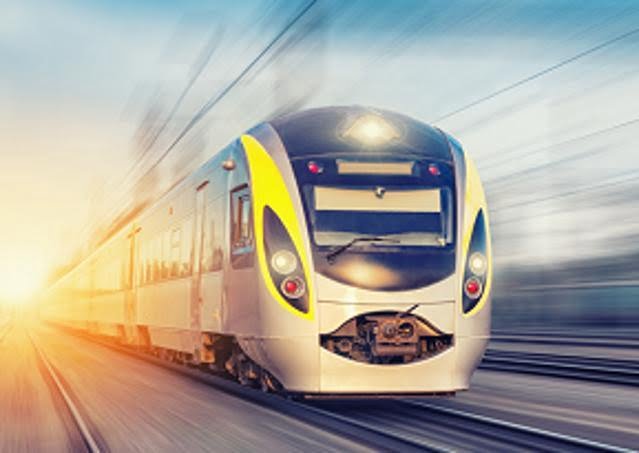The EU supports economic recovery in all Member States with an investment of nearly € 2,2 billion in 140 major transport projects. With these investments, the EU aims to eliminate missing links across the continent, support sustainable transport and create jobs. The projects are funded through the Connecting Europe Facility (CEF), the Union subsidy instrument for transport infrastructure.
With these resources, the EU will achieve its climate goals of the European Green Deal. In particular, investments are made in rail transport, including cross-border connections and access to ports and airports. Inland waterway transport is stimulated by capacity expansion and better multimodal connections to the road and rail networks. In maritime shipping, priority is given to short-sea projects and the focus is on alternative fuels and the roll-out of shore power in ports to reduce emissions from moored ships.
Adina Vălean, Commissioner for Transport, said: “The EU's € 2,2 billion contribution to this critical transport infrastructure will help get the economy going again and is expected to generate € 5 billion in investment. The selected projects range from inland shipping, multimodal transport and alternative fuels to large rail infrastructure projects. The Connecting Europe Facility (CEF) is one of the key tools for developing a crisis-resistant and resilient transport system, which is vital both now and in the long term. '
The EU provides a total of € 1,6 billion in support for 55 rail infrastructure projects on the core network of the trans-European transport network (TEN-T). These include the Rail Baltic Project, which integrates the Baltic States into the European rail network, as well as the cross-border section of the Dresden-Prague railway line.
Aid of € 142 million is also being provided for the transition to greener fuels (19 projects). A number of projects provide for the conversion of ships to be able to sail on liquefied natural gas (Liquefied Natural Gas, LNG) and for the installation of the associated infrastructure in ports. In road transport, the rollout of alternative fuels is also on the agenda, with the installation of 17 charging points along European roads and the purchase of 275 new buses.
Nine projects contribute to the seamless operation of trains across Europe through the rollout of ERTMS, the European Rail Traffic Management System. The upgrade of rolling stock and infrastructure to the uniform European train control system will improve safety, reduce travel times and ensure more efficient use of the rail network. The EU has earmarked EUR 49,8 million for these nine projects. The above information is provided by the European Commission website posted through a press release.
Also read: Esther van Garderen new director of the Cyclists' Union



